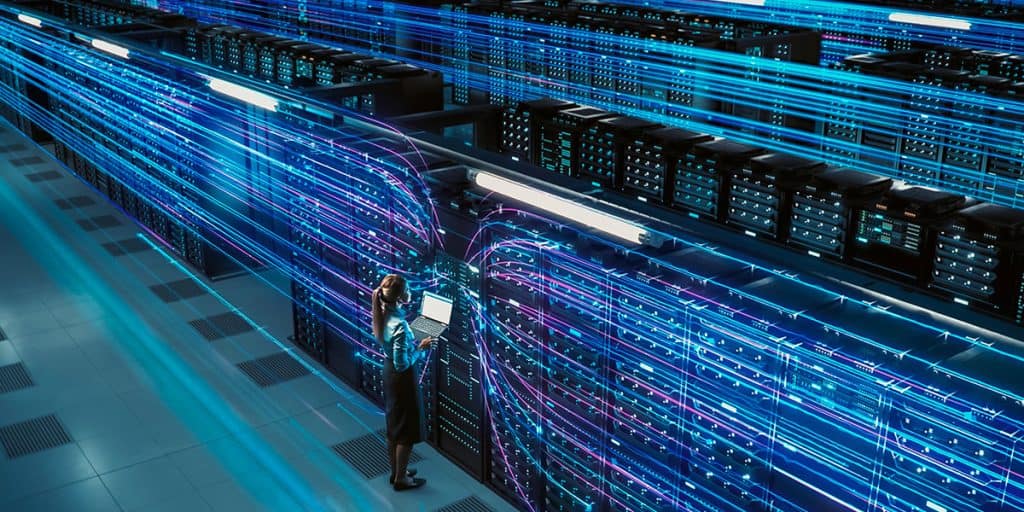

Serverless Computing: Revolutionizing the Way We Deploy Applications
Serverless computing has emerged as a game-changer in the world of application development, promising a paradigm shift in how we deploy and manage applications. In this blog post, we’ll explore the principles of serverless computing, its benefits, and how it is reshaping the landscape of application deployment.
1. Understanding Serverless Computing
Subheading: “Defining Serverless Architecture”
- Provide a clear definition of serverless computing.
- Highlight the shift from managing servers to focusing on code execution.
Subheading: “Serverless vs. Traditional Architectures”
- Compare serverless architecture with traditional approaches.
- Discuss the elimination of server provisioning and management.
2. Key Components of Serverless Architecture
Subheading: “Function as a Service (FaaS)”
- Explore the concept of Function as a Service.
- Discuss how FaaS enables event-driven and on-demand execution.
Subheading: “Backend as a Service (BaaS)”
- Explain the role of Backend as a Service in serverless architecture.
- Discuss how BaaS simplifies backend development and maintenance.
3. Advantages of Serverless Computing
Subheading: “Scalability and Cost Efficiency”
- Discuss how serverless architecture scales automatically based on demand.
- Explore the cost benefits of paying only for actual resource usage.
Subheading: “Reduced Operational Overhead”
- Highlight the reduction in operational tasks for developers.
- Discuss how serverless abstracts infrastructure management.
Subheading: “Rapid Development and Deployment”
- Explore how serverless accelerates the development and deployment cycles.
- Discuss the focus on code rather than infrastructure concerns.
4. Use Cases for Serverless Applications
Subheading: “Event-Driven Microservices”
- Discuss the suitability of serverless for event-driven microservices.
- Explore scenarios where serverless excels in microservices architecture.
Subheading: “Real-time Data Processing”
- Explore serverless applications in real-time data processing.
- Discuss use cases such as IoT data ingestion and analytics.
Subheading: “Web and Mobile Backend”
- Highlight the use of serverless for web and mobile backend services.
- Discuss benefits in terms of scalability and cost-effectiveness.
5. Challenges and Considerations
Subheading: “Cold Start Latency”
- Discuss the challenge of cold start latency in serverless.
- Explore strategies for mitigating latency issues.
Subheading: “Vendor Lock-In Concerns”
- Address concerns related to vendor lock-in with serverless platforms.
- Discuss strategies for minimizing vendor dependencies.
6. Serverless Ecosystem and Tools
Subheading: “Popular Serverless Platforms”
- Explore popular serverless platforms, including AWS Lambda, Azure Functions, and Google Cloud Functions.
- Discuss the unique features of each platform.
Subheading: “Serverless Framework and Tools”
- Introduce the Serverless Framework and other tools.
- Discuss their role in simplifying serverless application development.
7. The Future of Serverless Computing
- Subheading: “Ongoing Innovations and Trends”
- Speculate on ongoing innovations and trends in serverless computing.
- Discuss emerging technologies and features.
Conclusion: Embracing a Serverless Future
Serverless computing has ushered in a new era of application development, where developers can focus more on writing code and less on managing infrastructure. As organizations continue to adopt serverless architectures, the benefits of scalability, cost efficiency, and rapid deployment are reshaping the way applications are conceived and brought to life.



